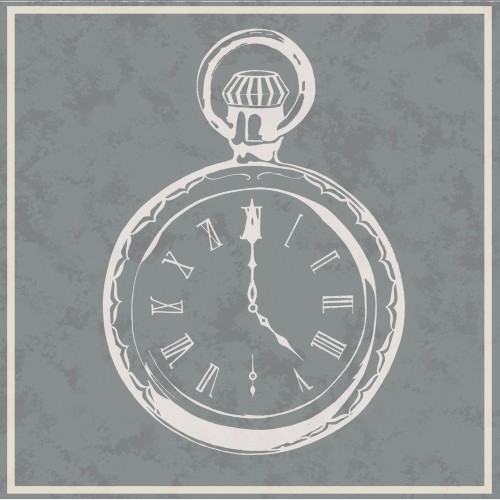 Release Date: November 2, 2010
Release Date: November 2, 2010





Small Craft on a Milk Sea is the next chapter in Brian Eno’s singular vision expressed through brief explorations of instrumental electronic music. Although his ambient tendencies are expressed in abundance, there’s much more happening.
This is not another Another Green World. Despite beginning with “Emerald and Lime” the picture is not as green as it first seems. Eno chooses the lime, a bright green natural fruit that contains acidic juices, and the emerald, a natural green gemstone that has come to represent the Emerald City, governed by a weak puppeteer of engineered intimidation. Yet, the song is a beautiful meditation, a keyboard-driven piece that sets the table for the rest of the record. It’s like a Cocteau Twins composition (circa Blue Bell Knoll) with the drums removed and tempo slowed down by half.
Even heaven is paved with broken glass for Eno.
“Complex Heaven” is introduced by feedback dissonance, as if to remind the listener that although clouds can be beautiful to see, they taste metallic for a reason. The title track sounds like minimalist Phillip Glass on a harpsichord (with helicopters everywhere), but picks up on a riff and sets up the next track, which kicks off raucously.
As the songs advance sequentially, it’s clear that Small Craft On a Milk Sea is a collection of reflections on humankind’s impact on the earth.
It provides the perfect application of titular criticism, the school of thought that postulates that art can be evaluated based upon the titles alone, given that there is a poetic relationship between the title of a work and the content itself. For the title of record, Eno sets his boat afloat on a milk sea, a large body of nature’s purest liquid, yet he selects “craft”(a product of humankind’s making) to identify the vessel.
Examples of his sonic scenery abound: “Flint March” features the Trans-Siberian Express accelerating to a regular rhythm. It’s the dawn of the Industrial Revolution in sound, and likewise the glitch-tech extravaganza of “Horse” is an analogy to the leap from horses to horsepower.
“Paleosonic” introduces an electric guitar riff that becomes integral in the rhythm scheme (it’s reminiscent of his work with Robert Fripp) and crescendos into something that actually rocks, with a “Day In The Life”-style culmination, albeit through Eno’s ambient electronic lens. It’s a rare rocker amongst the more sedate selections here, as is “2 Forms of Anger,” which rocks out so much that it borders on NYC No Wave similar to Sonic Youth.
“Slow Ice, Old Moon” pulls the motion out and explores the soundscape once again, and by the time of “Lesser Heaven” (diminished by humankind’s environmental destruction) the sound builds to a frothy, frosty head then dissipates like a vapor. The “Calcium Needles” sound like broken buoy bells broadcasting a warning on the waves through the fog, then echoed with tinkling keyboards that swoop down like seagulls alighting on the water’s surface.
“Emerald and Stone” echoes the opening track and strips the essence bare to piano only, but still paints the silence with negative space. This would be the perfect wedding march to execute after the deckchairs have gone overboard as the last half of the “Titanic” were to slip slowly into the sea.
The next new age couple with the opportunity (and degrees in geology or environmental studies) would do well to choose the opener “Emerald and Lime” as their prelude and “Emerald and Stone” as their wedding march.
By the time of the final track, “Late Anthropocene,” Eno’s intentions are crystal clear. Anthropocene is a term coined in 2000 to refer to the ecological/geological period starting with the Industrial Revolution that signaled humankind’s most significant impact on the earth’s natural systems, and he clearly feels that the earth is late in the game, echoes of hope notwithstanding.


